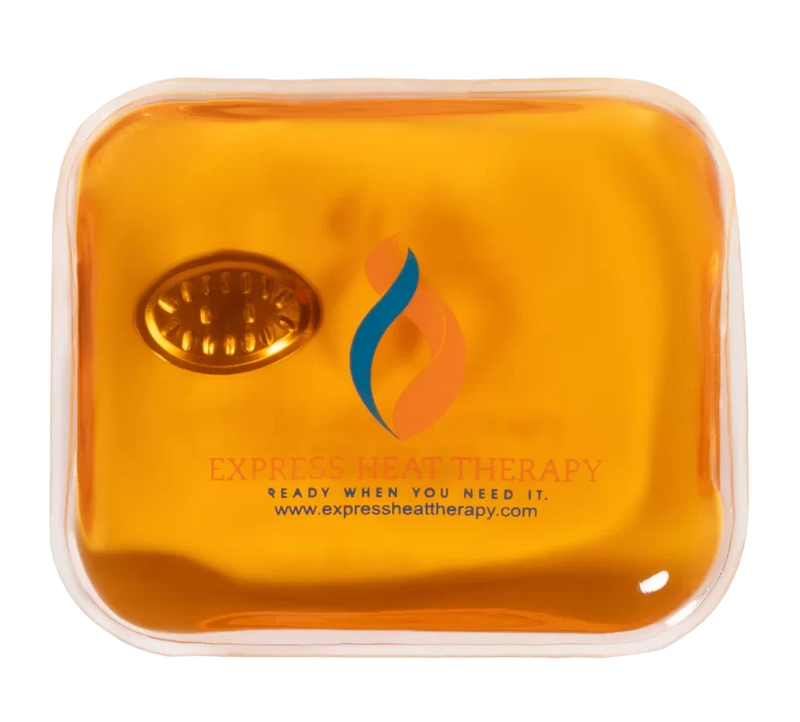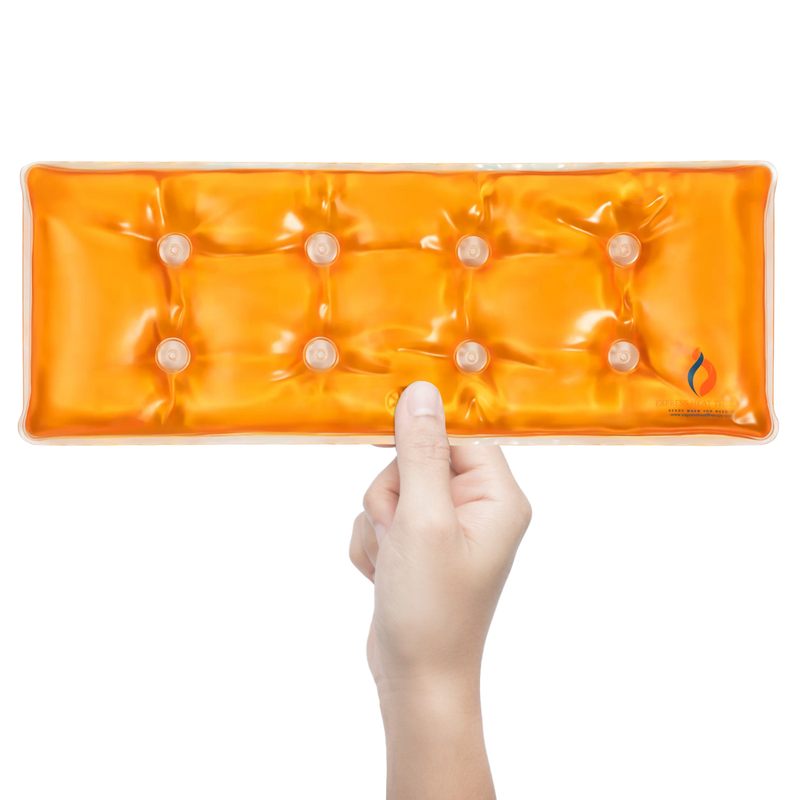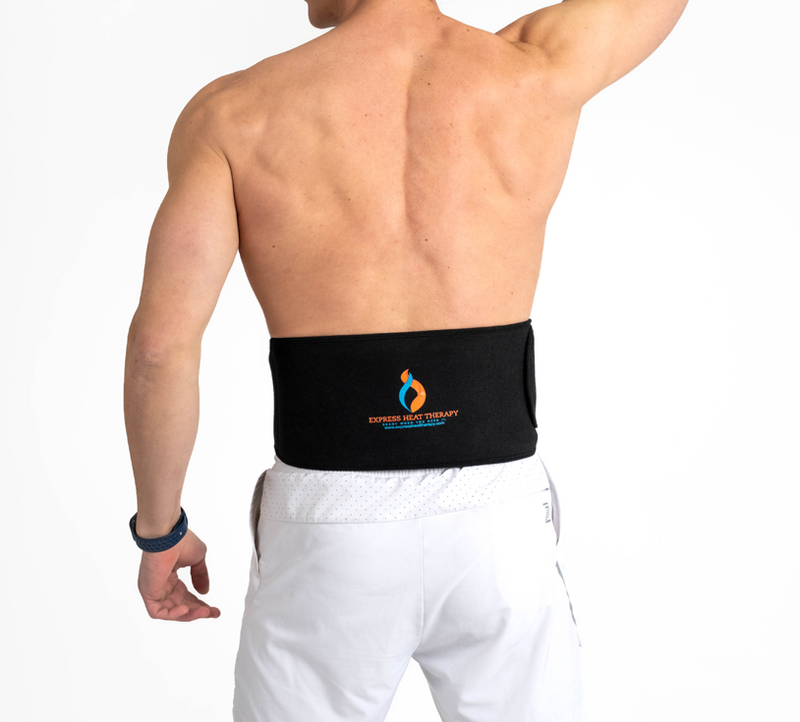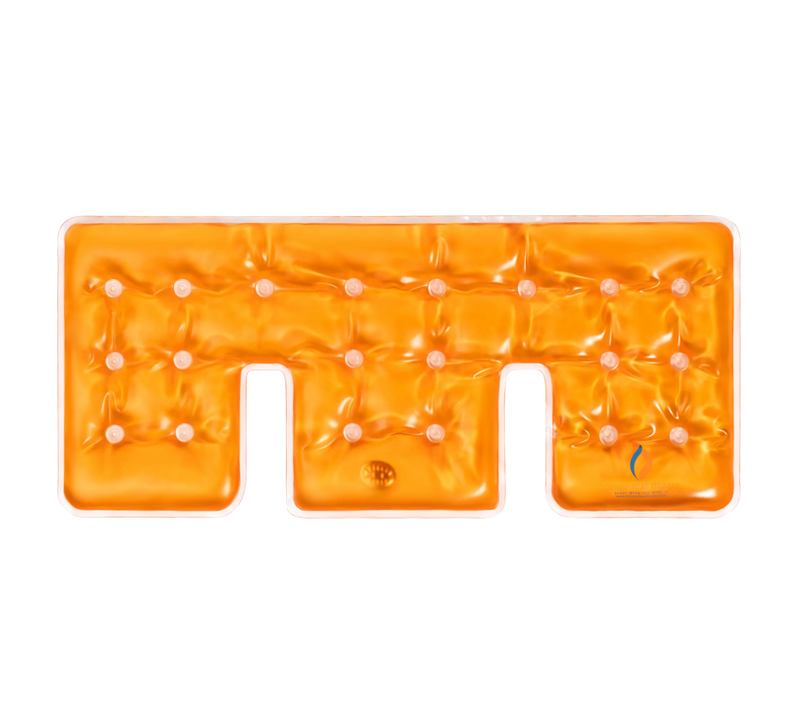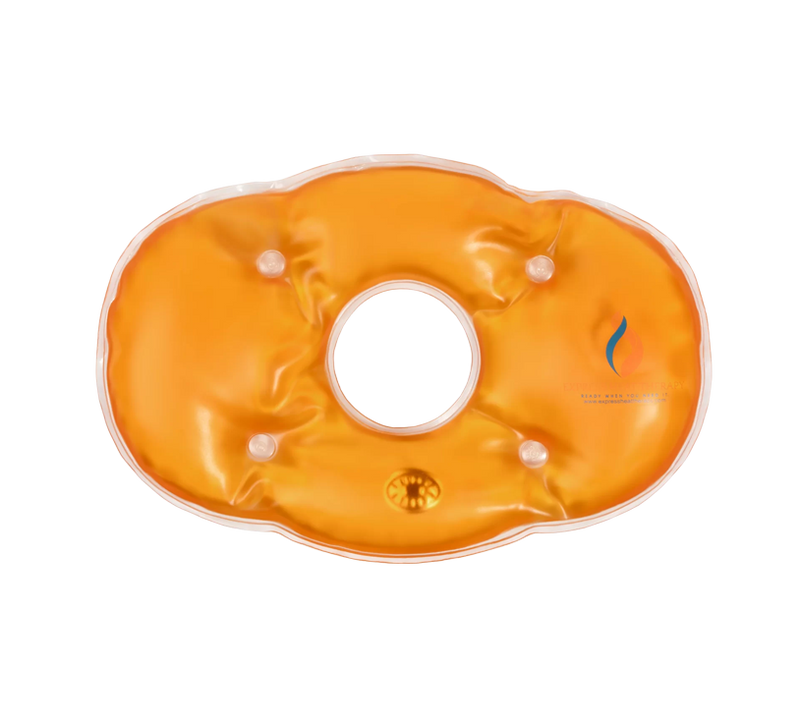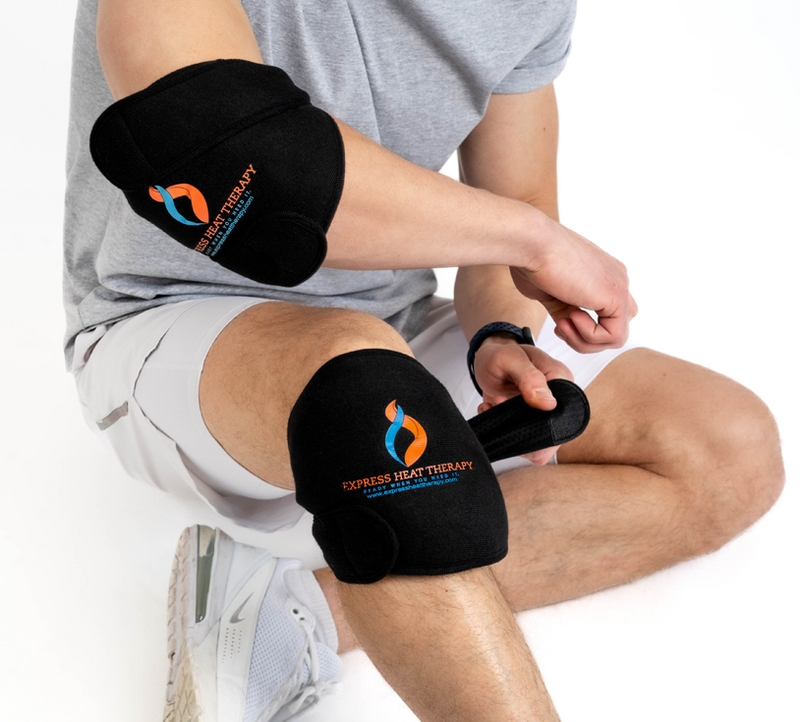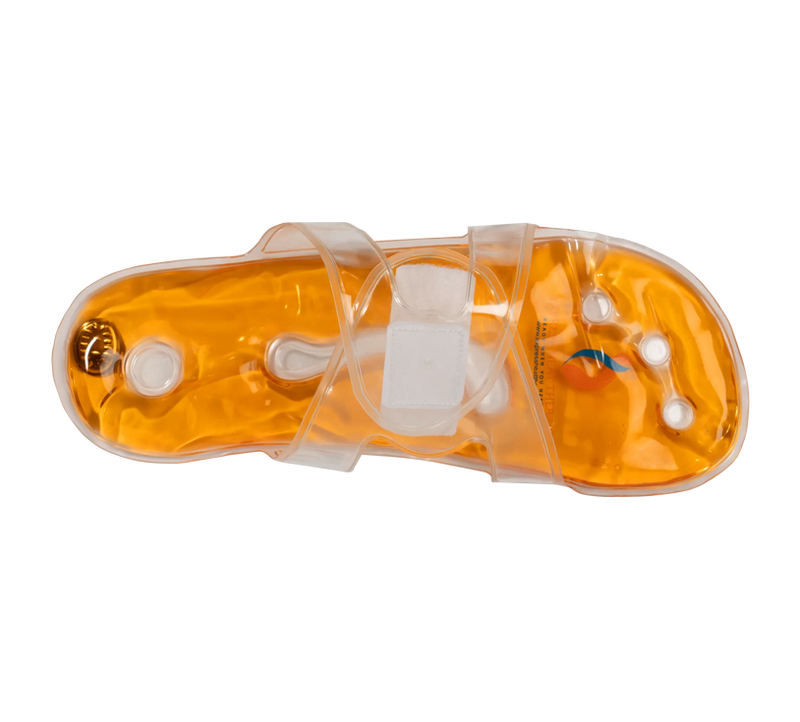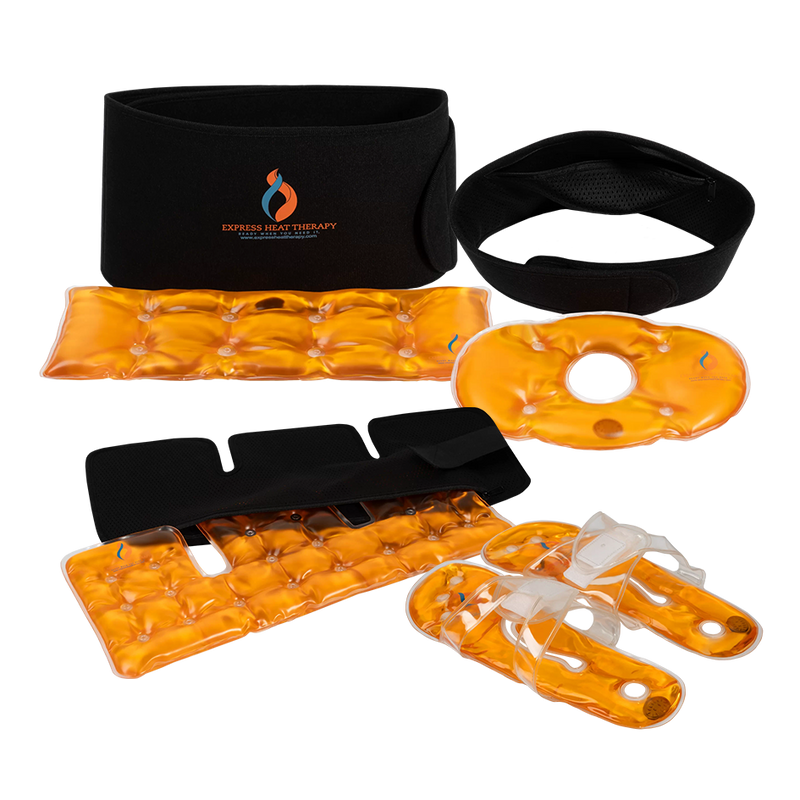Did you know that swelling is one of your body’s most common responses to injury, overuse, or even certain medical conditions? When you twist an ankle, bump a knee, or strain a muscle, chances are you’ll notice puffiness, warmth, or tightness in the area within minutes. This is your body’s way of protecting the injured tissue and beginning the healing process.
But when you’re dealing with swelling, there’s always one question that comes up: what’s better for swelling, ice or heat? Well, there is no right or wrong answer to this. Both ice and heat play equally important roles in recovery, but they work differently, and using the wrong one at the wrong time can exacerbate the issue.
In this guide, we’ll break down:
-
How ice and heat work on swelling
-
When to use each
-
How to apply them safely for the best results
Let’s get right in.
What is Swelling?
When you injure yourself, your immune system sends extra blood and fluid to the affected area to protect the tissues and initiate the healing process. This is why, when you have a sprained ankle, it balloons up. This happens as a natural part of your body’s inflammatory response.
Some common causes of swelling include:
-
Acute injuries such as sprains, strains, or impacts
-
Surgery or trauma, where tissue damage triggers inflammation
-
Arthritis and joint issues, which can cause chronic swelling
-
Circulatory problems, where poor blood flow causes fluid build-up
Swelling itself is not always harmful; it is a natural part of the healing process. But too much swelling can cause pain, limit your movement, and slow down your recovery. That’s why people usually turn to ice packs or heating pads to manage it.
Is Ice Good for Swelling?
Yes, ice is certainly good for swelling, especially in the early stages of an injury. Cold therapy, also known as ice therapy, works by constricting your blood vessels. This reduces blood flow to the injured area, which helps limit fluid build-up and inflammation.
So, how do ice packs reduce swelling? Below is the simple science:
-
Vasoconstriction: Cold causes blood vessels to shrink, which slows the flow of fluid into your tissues
-
Numbing effect: Ice dulls pain signals to the brain, providing you with quick relief
-
Reduced inflammation: By limiting swelling, ice helps control tissue damage and keeps your discomfort manageable
How to Use Ice Packs for Swelling
-
Apply an ice pack wrapped in a thin cloth to the swollen area
-
Keep it on for 15–20 minutes at a time, then remove for at least 30–40 minutes before reapplying
-
Repeat several times a day in the first 24–48 hours after injury
You can use an ice pack to reduce knee swelling after twisting your knee during sports. You can also try using an ice pack to reduce foot swelling if you’ve been standing all day or have rolled your ankle.
The important thing is moderation. Too much cold can irritate the skin or even cause frostbite. So, always give your body breaks between sessions.
Can Heat Reduce Swelling?
This is where many people get confused. Although ice directly reduces swelling, heat works in a different way.
Does heat bring down swelling? In most cases, no. Applying heat to a fresh injury can actually increase blood flow and exacerbate swelling. That’s why doctors advise cold therapy for swelling in the first 48 hours after an injury.
However, heat plays an important role later in recovery. Once the swelling has gone down, you can use heat to:
-
Relieve stiffness and tension
-
Improve blood flow to bring oxygen and nutrients for healing
-
Loosen tight muscles around the injured area
So, does a heating pad help with swelling? Not for the swelling itself, but once the inflammation has calmed, a heating pad for swelling can help ease your discomfort and restore your mobility. For example, after a sprained ankle has stopped swelling, you can use heat to help you regain flexibility.
If you suffer from arthritis, a heating pad can ease your chronic stiffness even when swelling isn’t active. In other words, heat doesn’t reduce swelling, but it does help your body feel and move better during the recovery process.
What’s Better for Swelling?
Well, the short answer: ice is better for swelling, while heat is better for lingering stiffness and pain after the swelling has gone down.
It is a two-step process:
-
First, use ice for sudden injuries, inflammation, or noticeable swelling. This keeps the problem under control
-
Then, once the swelling has reduced, apply heat to restore comfort, improve circulation, and relax the area
This approach allows you to achieve the best possible recovery, characterized by reduced swelling and improved mobility throughout the recovery process.
Check out this guide on using between ice and heat for pain.
Conclusion
Although we’ve established that swelling is part of the body’s healing process, it doesn’t make it any less uncomfortable. Whether it’s from a sudden injury, a long day on your feet, or a chronic condition, knowing how to manage swelling can make your recovery smoother and less stressful.
Keep in mind that ice is most effective for reducing swelling within the first 24–48 hours. It works quickly to limit inflammation, ease pain, and prevent excess fluid build-up. Heat, on the other hand, becomes useful later. Once the swelling has subsided, applying warmth helps restore mobility, loosen tight muscles, and provide lasting comfort.
Many people also wonder, how long does it take for swelling to go down? The truth is, it varies. Minor swelling from a light sprain typically subsides within a couple of days with ice and rest. More severe injuries or ongoing conditions, such as arthritis, may require longer management. The important part is applying the right therapy at the right time (ice first, then heat), this supports your body’s natural recovery.
If you’re ready to add safe and effective comfort to your routine once the swelling has eased, Express Heat Therapy’s reusable heating pads are a simple way to relax sore muscles and support long-term healing. They’re natural, convenient, and designed to help you move more freely.
Explore our collection today.
FAQs
-
How Long To Apply Ice Pack To Swelling?
Apply ice for 15–20 minutes at a time, with at least 30 minutes between sessions. Overusing ice can damage skin or slow healing.
-
What Reduces Swelling Fast?
Ice is the quickest way to control swelling in the first 48 hours. Elevating the injured limb and resting it also speeds things up.
-
How Quickly Can Ice Reduce Swelling?
Relief can begin within 15 minutes of use, though visible reduction often takes a day or two.
-
Will Swelling Go Down With Heat?
No. Heat does not reduce swelling. Instead, it helps relieve stiffness, tension, and discomfort after swelling has decreased.
